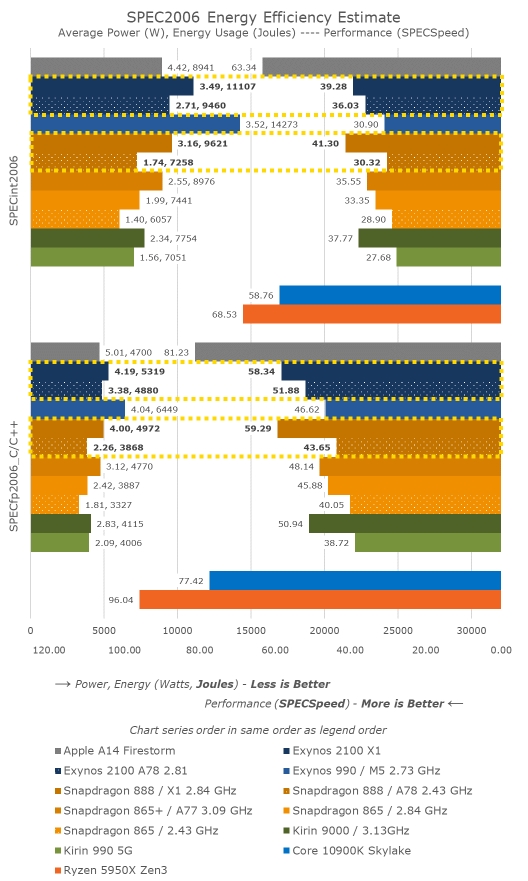- Nov 27, 2007
- 2,043
- 5,094
- 136
ARM consumer stack updates:
 www.anandtech.com
www.anandtech.com
- Finally a decent "little" core update (A55 -> A510) with 35% performance gain
- Big core is less ambitious (A78 -> A710) with 10% uplift mentioned
- X2 is supposedly 16% faster than X1
- Lots of other changes, Armv9 ISA (with decent vector ops finally), new interconnects, and more L3 cluster designs
AnandTech Forums: Technology, Hardware, Software, and Deals
Seeking answers? Join the AnandTech community: where nearly half-a-million members share solutions and discuss the latest tech.





